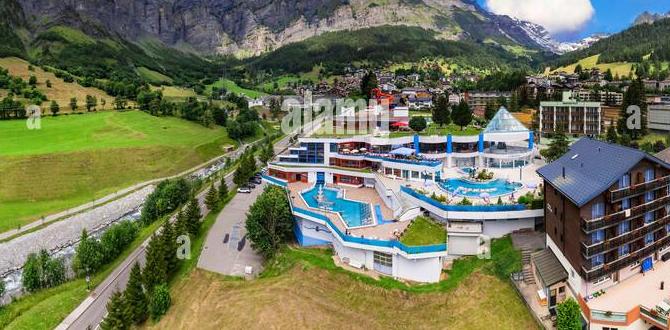Have you ever wondered why your broccoli turns purple sometimes? It’s a fascinating phenomenon that has puzzled many. Here, we’ll delve into the science behind this natural paintbrush and explore why broccoli turns purple.
We’ll discuss the different types of broccoli and their characteristics, environmental factors contributing to the colour change, nutrient deficiencies that can cause it, and even genetic factors and varietal differences. But don’t worry; we won’t leave you hanging.
We’ll also share tips on preventing broccoli turning purple and cooking techniques for preserving its vibrant colour. Plus, we’ll throw in some delicious recipes and meal ideas using purple broccoli. Get ready to unravel the mysteries of nature’s paintbrush.
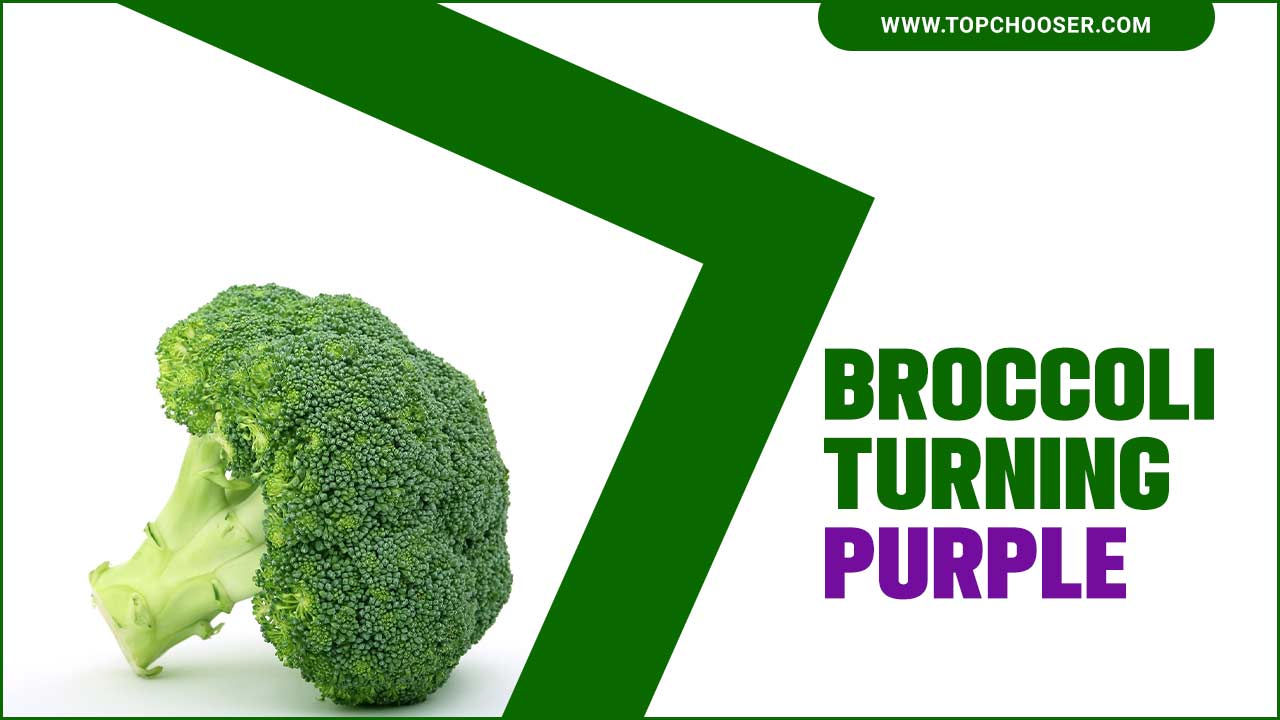
The Exact Reasons Behind Broccoli Turning Purple & How To Prevent It From Happening
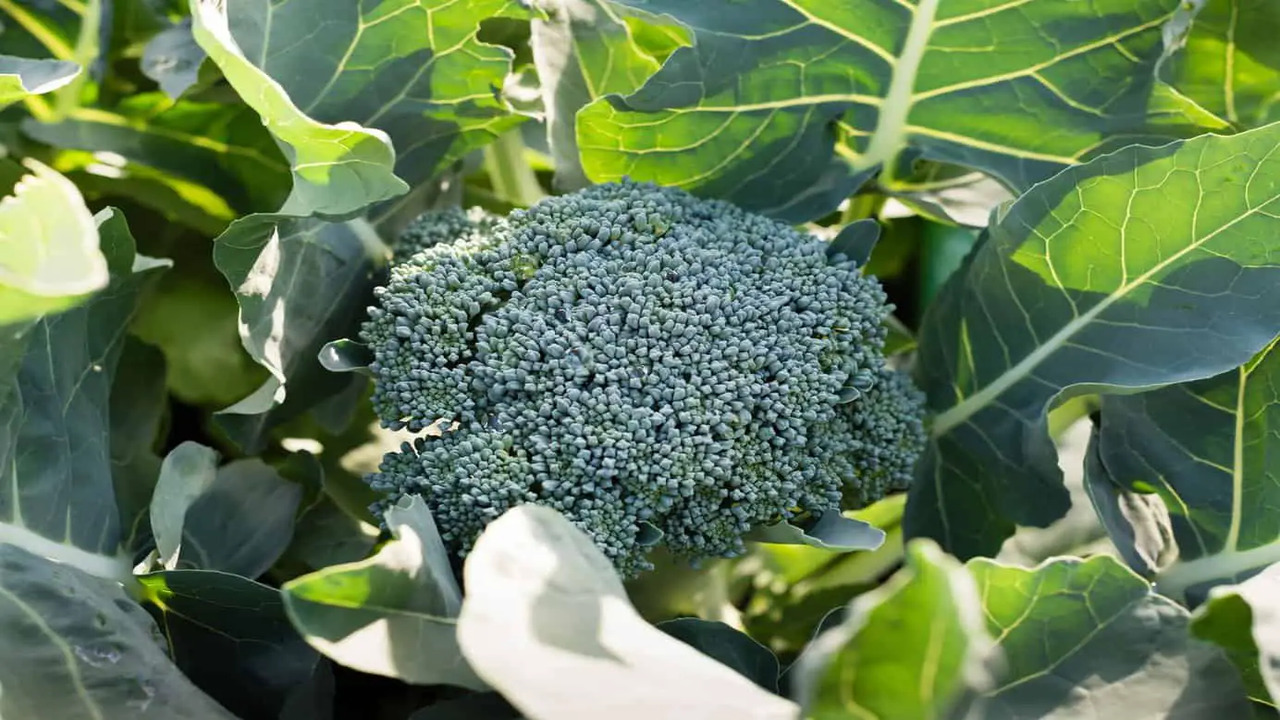
Broccoli turning purple can be attributed to a few different factors. One possible reason is that the broccoli plant may have been exposed to cold temperatures. When broccoli is exposed to temperatures below 40°F (4°C), it can trigger a natural reaction that causes the vegetable to turn purple.
This is due to the accumulation of anthocyanin pigments responsible for the purple colouration. Another possible cause of purple broccoli is a nutrient deficiency, particularly in phosphorus or potassium.
If the soil lacks these essential nutrients, it can affect the plant’s ability to develop its green colour properly and result in a purple hue. Lastly, specific varieties of broccoli are naturally purple or have purple florets as part of their genetic makeup.
Types Of Broccoli And Their Characteristics
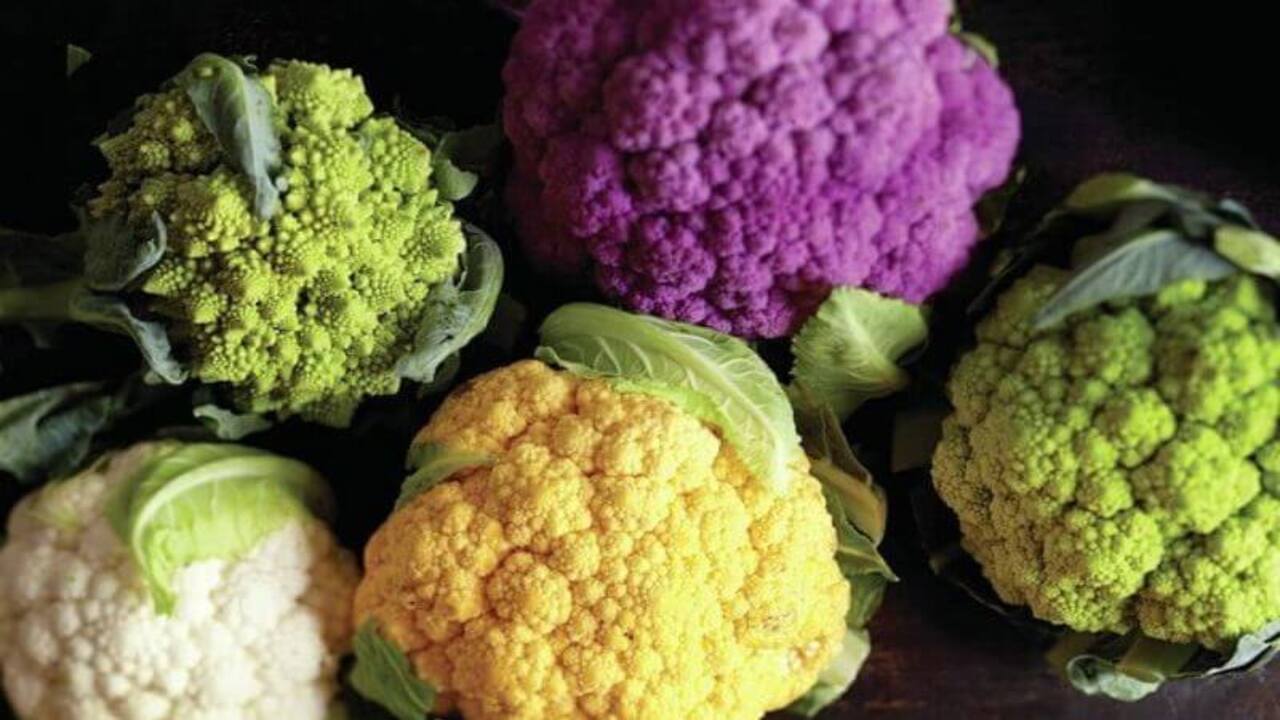
Broccoli is a versatile and nutritious vegetable that comes in different varieties, each with its own unique characteristics. One such variety is purple broccoli, which, as the name suggests, has a vibrant purple colour.
This type of broccoli is rich in antioxidants and contains higher levels of certain nutrients than regular green broccoli. Purple broccoli also has a slightly sweeter taste and a more tender texture. You can enjoy it raw in salads or lightly cook it to preserve its vibrant colour.
Another popular variety is Romanesco broccoli, known for its mesmerizing fractal pattern and bright green colour. Romanesco broccoli has a delicate nutty flavour and a crisp texture, making it a favourite among food enthusiasts. Lastly, there is the traditional green broccoli that most people are familiar with.
This variety offers numerous health benefits by packing vitamins, minerals, and fibre. Whether you prefer the classic green or want to try something more visually striking, like purple or Romanesco broccoli, incorporating these varieties into your diet will provide both flavorful and nutritional benefits.
Environmental Factors That Contribute To Purple Broccoli
Environmental factors can contribute to broccoli turning purple. One of the main factors is exposure to cold temperatures. When broccoli plants are exposed to temperatures below 50 degrees Fahrenheit, they produce a pigment called anthocyanin, which gives the florets purple.
This is the plant’s way of protecting itself from the cold. Other factors contributing to purple broccoli include soil pH and nutrient levels. Broccoli plants prefer slightly acidic soil with a pH between 6.0 and 6.8. If the soil pH is too high or too low, it can affect the plant’s ability to absorb nutrients, resulting in purple discolouration.
Additionally, nutrient deficiencies or imbalances, particularly phosphorus and magnesium, can cause the florets to turn purple. So, if you notice your broccoli turning purple, cold temperatures or imbalances in the soil or nutrient levels may be causing it.
Nutrient Deficiencies That Cause Broccoli To Turn Purple

Broccoli turning purple is often a result of nutrient deficiencies, specifically phosphorus and potassium. Phosphorus deficiency can cause the plant to produce anthocyanins responsible for the purple colour. Potassium deficiency can also contribute to the development of purple pigmentation in broccoli.
Other factors, such as temperature fluctuations and exposure to sunlight, can also affect the colouration of broccoli. To prevent broccoli from turning purple, it is important to ensure that the plants receive sufficient phosphorus and potassium through proper fertilization and soil management.
Genetic Factors And Varietal Differences
The purple colour in broccoli results from genetic factors and varietal differences. Certain varieties of broccoli naturally contain higher levels of anthocyanins, which are pigments responsible for the purple colour. Environmental factors like temperature and sunlight can also influence the intensity of the purple hue in broccoli.
It is worth noting that purple broccoli is safe to consume and retains its nutritional value, including high levels of antioxidants. Growers can prevent the development of purple colouring by choosing varieties that are less prone to it or by adjusting growing conditions to minimize plant stress.
How To Prevent Broccoli From Turning Purple
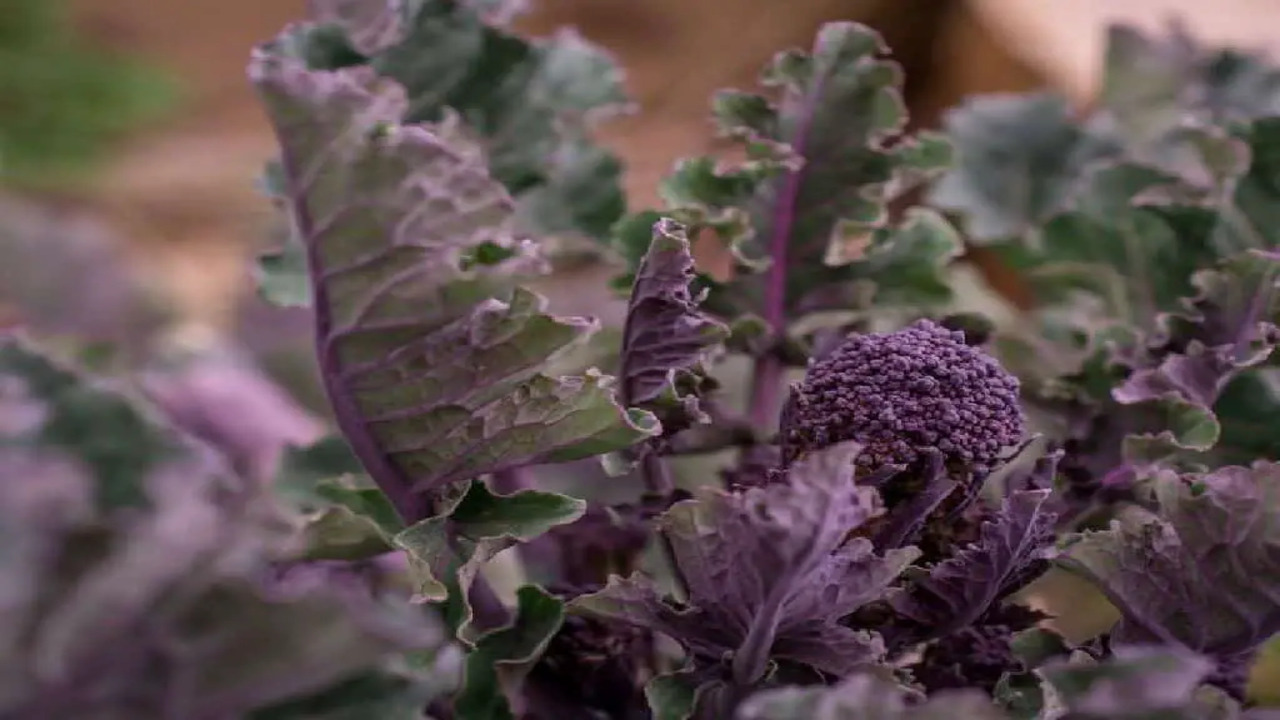
Choose varieties less prone to this colour change to prevent broccoli from turning purple. Providing consistent temperatures and adequate sunlight can help reduce the chances of purple discolouration. Proper soil nutrition and pH levels also play a role in preventing broccoli from turning purple.
By ensuring the plants receive sufficient phosphorus and potassium through proper fertilization and soil management, you can prevent nutrient deficiencies that contribute to purple pigmentation. So, remember to select the right varieties and create optimal growing conditions for your broccoli plants.
Cooking Techniques For Preserving Broccoli Color
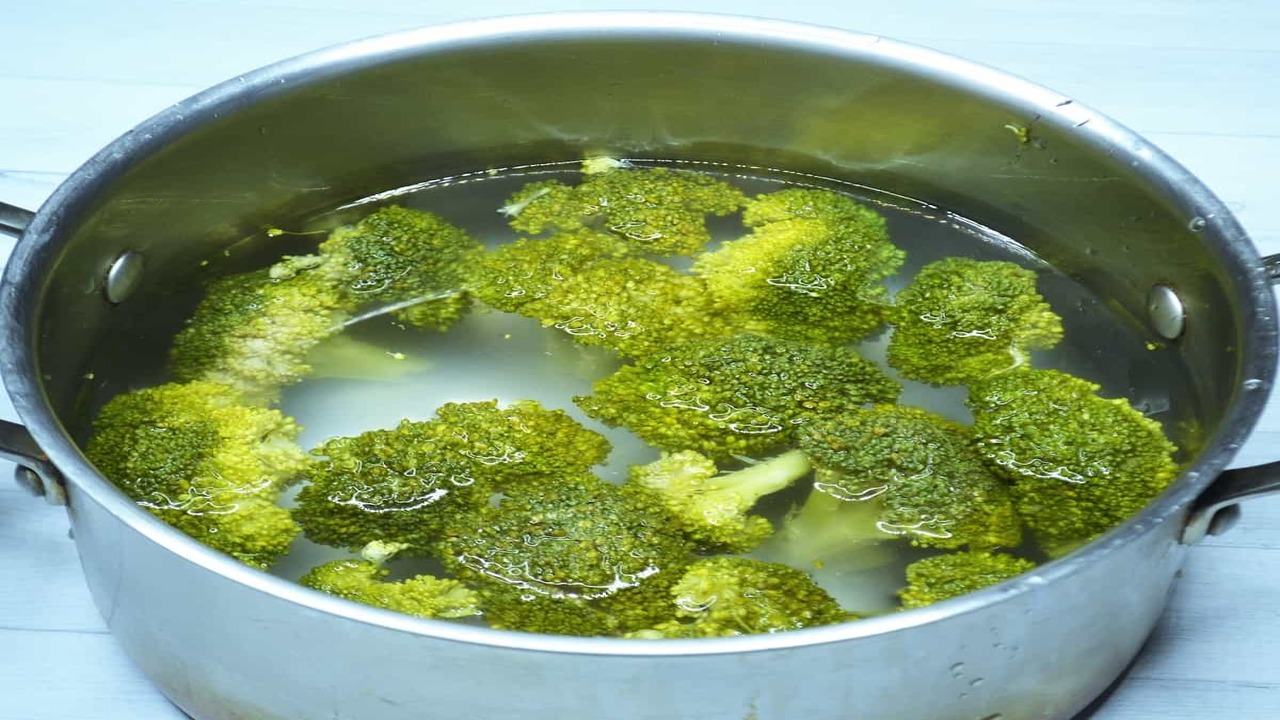
You can employ several cooking techniques to maintain the vibrant green colour of broccoli and prevent it from turning purple.
- First, store broccoli in a cool, dry place to avoid exposure to extreme temperatures that can trigger colour change.
- Secondly, blanching broccoli before freezing helps preserve its green colour.
- Finally, opt for quick cooking methods like steaming or stir-frying, as they help retain the vibrant hue of the florets.
By employing these techniques, you can ensure your broccoli remains visually appealing while retaining its nutritional value.
Recipes And Meal Ideas Using Purple Broccoli
Embrace the vibrant hues of purple broccoli with these delicious recipes and meal ideas. This natural colour change occurs due to anthocyanins, pigments that give fruits and vegetables their rich colours. Environmental factors like temperature fluctuations and sunlight exposure trigger anthocyanin production in broccoli.
To prevent this colour change, store your purple broccoli properly in a cool, dark place away from direct sunlight. Enjoy the health benefits of purple broccoli by trying out recipes like roasted purple broccoli with garlic and lemon or purple broccoli salad with cranberries and feta cheese.
Tips For Maintaining Broccoli Color And Nutritional Value
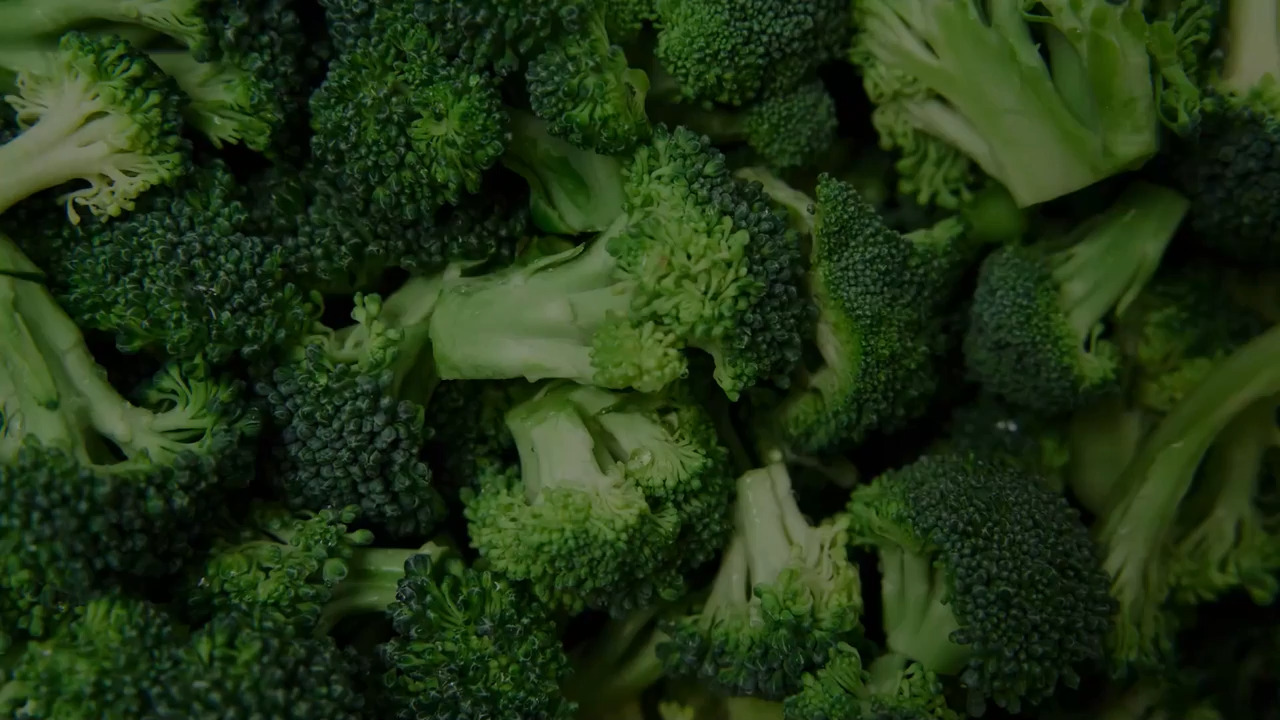
To maintain broccoli’s vibrant green colour and nutritional value, there are a few key tips to keep in mind. Firstly, storing broccoli in cool temperatures and avoiding direct sunlight is important, as exposure to heat and light can cause it to turn purple.
Blanching the broccoli before cooking can also help preserve its green colour. Adding lemon juice or vinegar to the cooking water can help maintain the broccoli’s green hue. By following these simple tips, you can enjoy beautifully coloured and nutritious broccoli.
Conclusion
Broccoli turning purple is a common image that is often used to express shock and disbelief. Broccoli turning purple can be attributed to various factors, including genetic traits, environmental conditions, and nutrient deficiencies. While some may find purple broccoli visually appealing, others may prefer to prevent it from happening to maintain the traditional green colour.
By understanding the reasons behind the colour change and implementing proper cultivation techniques, you can successfully prevent your broccoli from turning purple. Various cooking techniques and delicious recipes can help preserve your broccoli’s vibrant colour and nutritional value.
Frequently Asked Questions
[rank_math_rich_snippet id=”s-eeac03c0-fa57-40bf-80d2-d207603fe765″]

I am passionate about home engineering. I specialize in designing, installing, and maintaining heating, ventilation, and air conditioning systems. My goal is to help people stay comfortable in their homes all year long.




